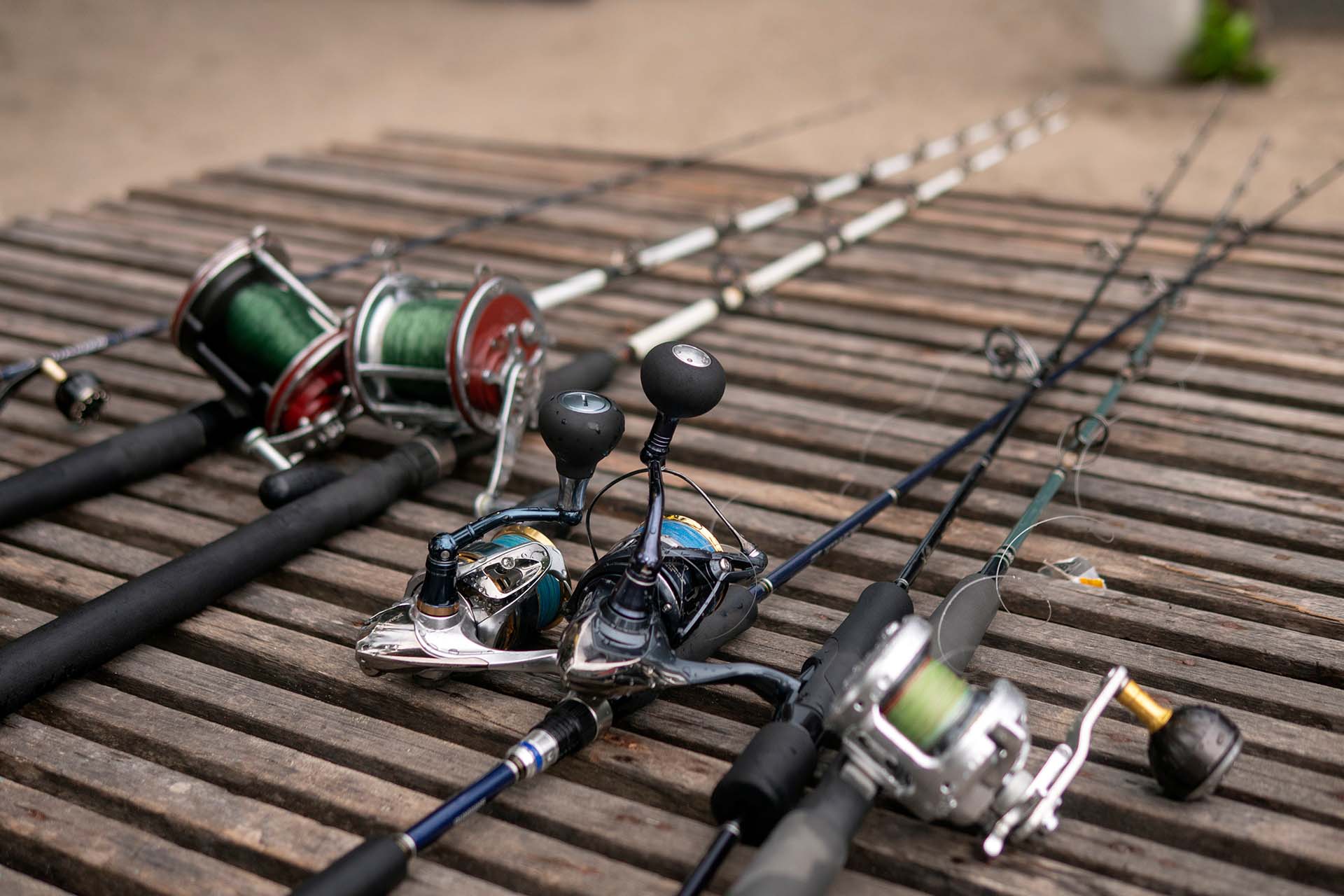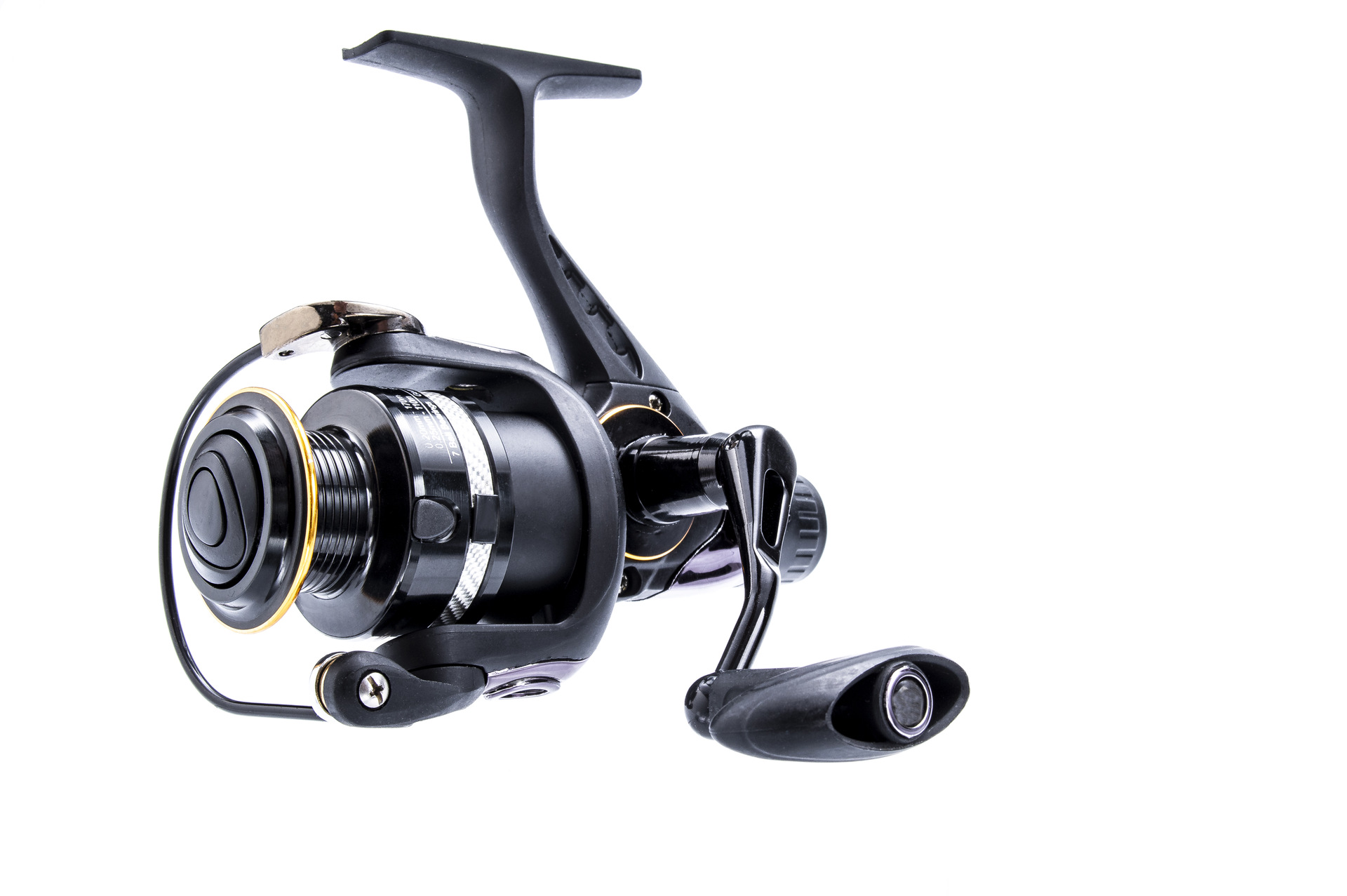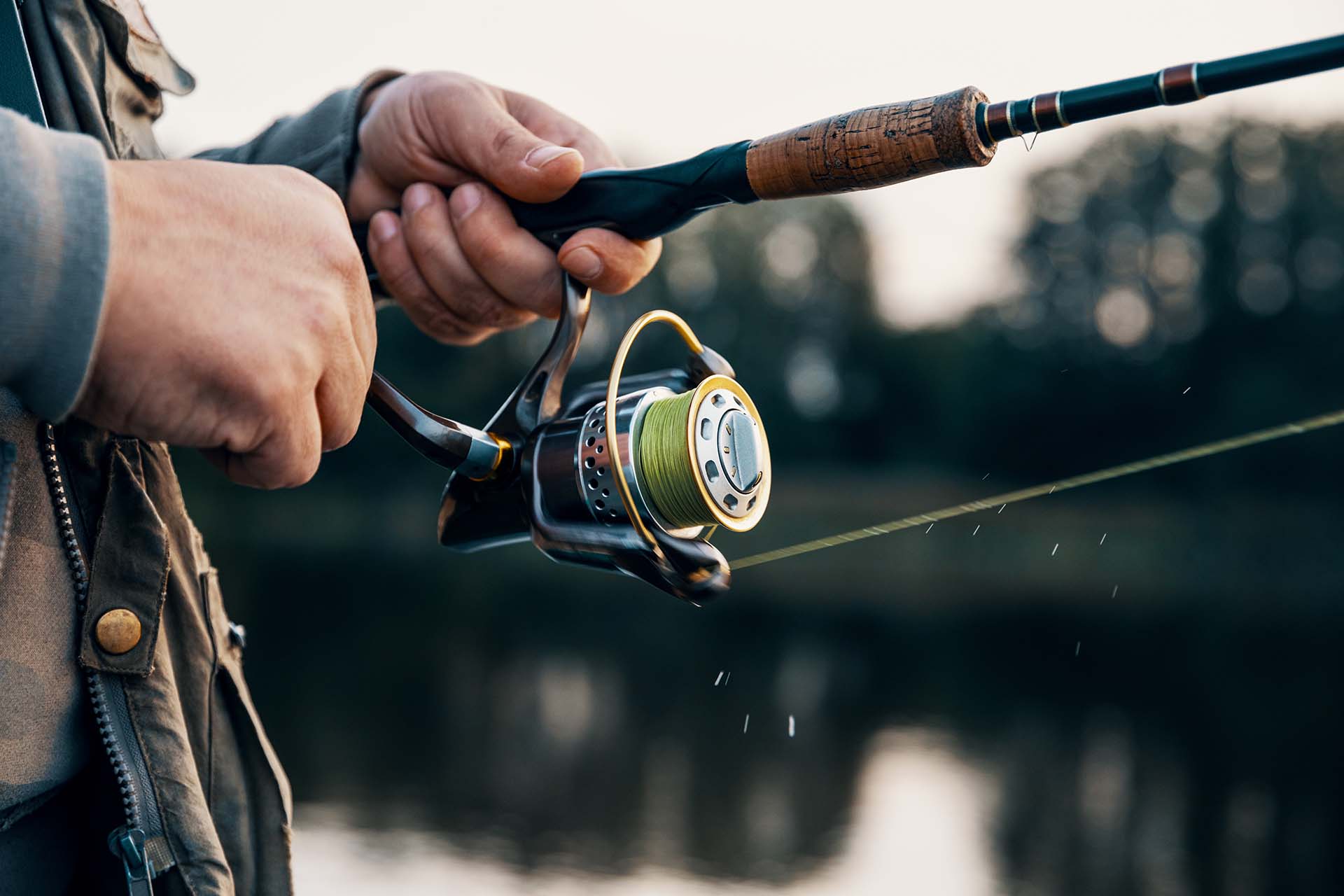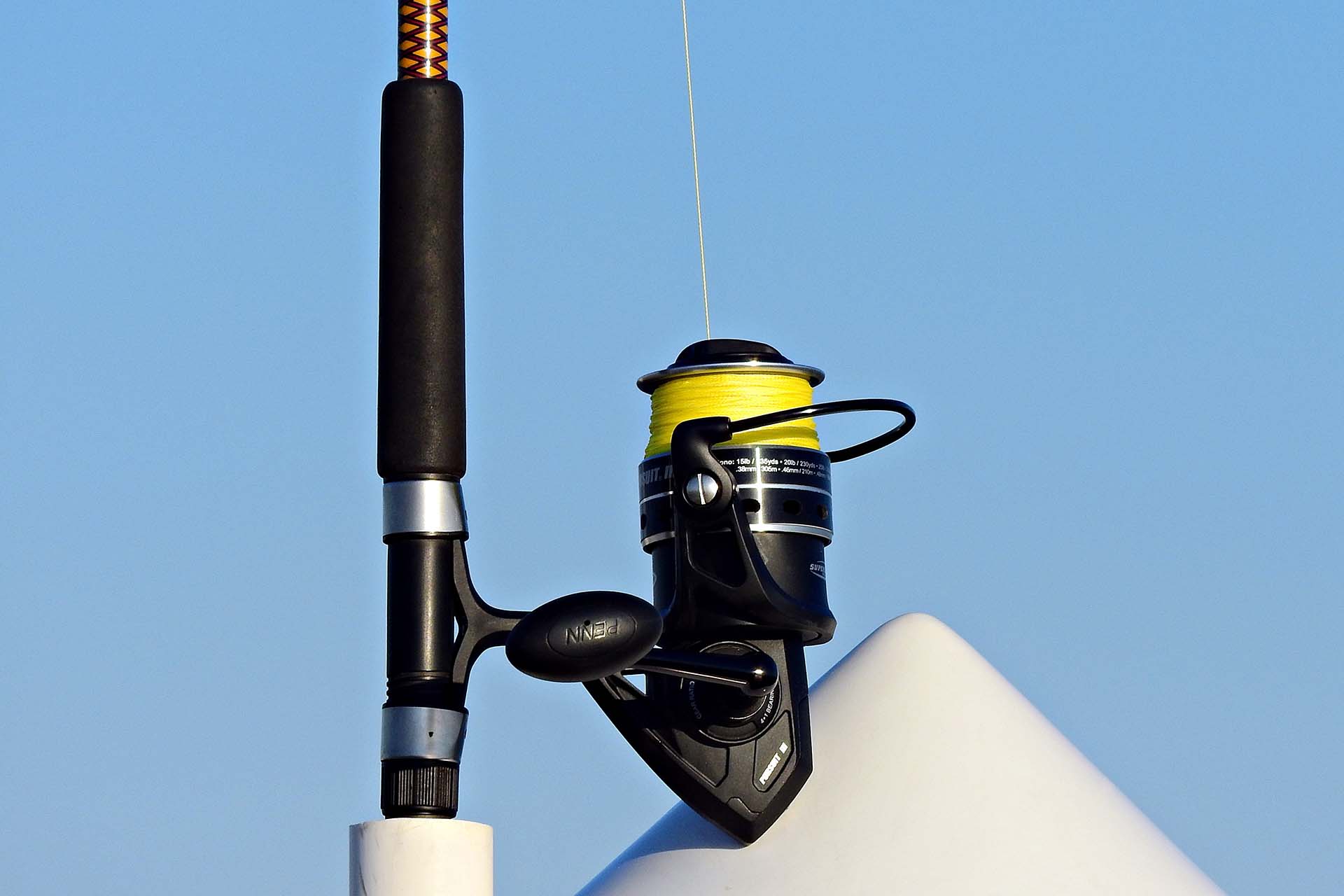If you want to hone your angling skills this season and purchase a reliable fishing reel to get the job done, let’s take an in-depth look at two popular models – Penn Battle 3 vs. Daiwa BG. This comprehensive guide will help you make an informed choice for your next purchase. So cast off any doubts because it’s time to get up close and personal with these impressive spinning reels.
While the Battle III offers a slightly wider lineup, both models have plenty of options to choose from. They share the durable aluminum construction and have similar drag power, line capacity, as well as gear ratio, with the BG having a slight edge over its competitor. They’re within the same price range and offer the same 1-year warranty, so it really all comes down to your personal preferences.
Introducing the Spinning Reels – A Versatile Tool Every Angler Should Have
Spinning reels such as the Penn Battle 3 or the Daiwa BG should be a fundamental component of any angler’s arsenal, offering versatility and ease of use for a wide range of fishing techniques.
They are particularly well-suited for lighter lines and lures, making them ideal for finesse fishing styles, such as drop shotting and jigging, and finesse presentations, such as fly fishing. Whether you’re targeting freshwater species like trout and largemouth bass or venturing into saltwater environments for snook or redfish, this type of reel is an indispensable tool that combines performance and reliability to enhance your fishing endeavors.
The Simple Open-Faced Design Can Be Used by Anglers of All Experience Levels
Designed to be mounted beneath the fishing rod, spinning reels excel in various fishing environments, making them popular among both beginner anglers and more experienced fishermen. With their open-faced design and a fixed spool that allows the line to flow freely, these reels offer excellent casting distance and accuracy.
Moreover, spinning reels boast user-friendly features such as smooth drag systems, adjustable gear ratios, and comfortable handles, ensuring a pleasurable fishing experience that you might just prolong into a nighttime angling session. So, let’s take a closer look at what these particular models have to offer.

Penn Battle 3 vs. Daiwa BG – Comparison of Their Main Specifications
Before I dive deeper and compare these reels in various aspects, let’s take a look at the main specifications of the Penn Battle III Spinning Fishing Reel and the Daiwa BG Spinning Reel:
| Aspect | Penn Battle III | Daiwa BG |
|---|---|---|
| Body Construction | Aluminum | Aluminum |
| Weight | 8.8 - 30 oz | 8.5 - 30 oz |
| Max Drag | 30 lbs | 33 lbs |
| Line Capacity | 345/80 yd/lbs | 440/80 yd/lbs |
| Gear Ratio | 4.7:1 | 5.3:1 |
| Ball Bearings | 5+1 | 6+1 |
| Price | $110 - $150 | $110 - $200 |
Comparing the Available Models
When comparing the available models of these spinning reels, there are some notable differences in size options. The Daiwa BG offers a range of 10 size options, starting from 1500 and going up to 8000. Interestingly, there is no model labeled as 7000 in the BG series. Still, with the exception of the 5000, all other models have half-size increments in between, providing anglers with more specific choices.
The Penn Battle 3 Lineup Has Slightly More Options
On the other hand, the Penn Battle 3 series starts at 1000 and goes up to 10,000, excluding the 9000 and 7000. This means there are 12 models available in total, slightly more than what Daiwa offers. However, both spinning reels have great size ranges, allowing anglers to select the most suitable reel for their preferred fishing style, target fish species, and line capacity requirements.

Both Spinning Reels Have Aluminum Bodies and Sideplates
The use of aluminum in constructing both of these spinning reels provides durability, strength, and corrosion resistance, making them suitable for freshwater and saltwater environments.
However, it’s worth noting that there is a difference in the construction process between the two models. The Daiwa takes advantage of a precision-based construction technique known as machined alloy, which involves the removal of excess material through machining processes. This approach results in a more precise and refined final product compared to traditional metal casting.
The Models All Across the Lineup Have More or Less the Same Weight
A lightweight spinning reel reduces fatigue during long fishing sessions, allowing anglers to maintain and focus on their technique. It enables effortless casting and maneuverability, particularly when using lighter lures or finesse techniques, such as nymph fly fishing, that require precision and subtle movements.
Luckily, both of these spinning lineups have an emphasis on keeping the reels lightweight to ensure the overall balance when paired with a fishing rod, as well as easier handling. Between the two, there are no significant differences across the whole lineup, so you really can’t go wrong with either of them.

Comparing Capabilities – Maximum Drag, Line Capacity, and Gear Ratio
When looking through spinning reel options, there are three crucial aspects you can’t skip over, as they significantly determine what the reel is capable of and what you can use it for. So, here’s a comparison of the reels in question when it comes to these categories:
Maximum Drag
The drag system is a critical part of any fishing reel, as it determines the amount of resistance applied to the fishing line once your target gets hooked on the fish hook. So, it’s crucial for maintaining control over the fish during the fight and preventing the line from breaking under pressure.
The Daiwa BG 8000 boasts an impressive maximum drag of 33 pounds, offering anglers the power and confidence to target and land larger, hard-fighting fish species. However, the Penn Battle III 8000 is not far behind, offering a maximum drag of 30 pounds, which still provides substantial stopping power.
Line Capacity
Line capacity is another crucial aspect, as it determines the amount of line that can be spooled onto the reel. The BG 8000 is pretty impressive in this aspect too, capable of holding up to 440 yards of an 80-pound braid line. This ample capacity allows anglers to tackle various scenarios that require extended casting distances or when targeting fish species that may take long, powerful runs.
In comparison, the Penn Battle III 8000 has a slightly smaller capacity, accommodating up to 345 yards of 80-pound braid line. When it comes to line recovery, the Daiwa takes the top spot as well, with a rate of 53 inches per turn of the handle, which can be advantageous when needing to rapidly bring in line or when engaging in fast-paced situations.
Gear Ratio
Last but not least, the gear ratio defines the speed at which the line is retrieved by the spinning reel – it represents the number of times the spool rotates for each complete turn of the handle. A higher gear ratio indicates a faster line retrieval, which can be especially useful in quick lure presentations or when engaging with fast-swimming fish.
Once again, Daiwa’s 5.3:1 gear ratio outranks the 4.7:1 of its competitor, meaning it offers a slightly faster retrieval speed. However, for all of these aspects, I’ve used the 8000 models of both lineups, so it’s best to do your own research if you’re interested in a particular version. The situation should be more or less the same, but it’s always good to double-check these important aspects.
The Daiwa Has One Extra Bearing Compared to Its Competitor
You can have the best drag and gear ratio in the world, but if the spinning reel doesn’t run smoothly and efficiently, all that goes to waste. When it comes to this aspect, ball bearings play a crucial role. These small, steel or ceramic spheres are strategically placed within the reel’s mechanism to reduce friction and enable smooth rotation of the handle and spool.
That’s why the number and quality of ball bearings directly impact the overall performance and feel of the reel. The difference of one bearing may not be easily perceivable, especially to beginner anglers, but it’s worth noting that the Daiwa BG has 6 ball bearings and 1 anti-reverse bearing, which is one more compared to the Penn Battle’s 5 ball bearings along with 1 anti-reverse one.
Both Models Feature Stainless Steel Bearings
While there’s a small difference in the number of bearings, both models use stainless steel for constructing these vital parts. This material has corrosion-resistant properties, meaning it’s designed with durability in mind. However, the Battle III reel’s bearings are sealed, offering an added layer of protection against the elements.
Daiwa BG vs. Penn Battle 3 – Price and Value for Money
When considering the purchase of a spinning reel, understanding the price points and value for money can be a deal breaker for many anglers. Considering this aspect, you can assess the affordability, features, and performance offered by each model, so this should be done not only by budget-conscious anglers.
Daiwa Offers an Affordable Choice That Still Delivers Great Performance
In the world of fishing, Daiwa is a well-known name among anglers due to its great value-for-money products, and the BG spinning reel is no exception. Here are the approximate price points of all available models in the lineup:
- From BG1500 to BG3000 – $130,
- From BG3500 to BG4000 – $140,
- From BG4500 to BG5000 – $150,
- From BG6500 to BG8000 – $160.
The Penn Battle III Is Within the Same Price Range but Slightly Less Expensive
When it comes to Penn, it’s also an affordable brand known for manufacturing quality products and offering them at reasonable price points. Compared to its competitor, it seems a bit more cost-efficient, but the difference is minimal – we’re talking about saving a couple of bucks on the side. Sure, it can go towards some baits and lures needed for your fishing trip, but it’s still pretty insignificant.
Here are the average price points of the models in this lineup:
- BTLIII1000 – $120,
- From BTLIII2000 to BTLIII2500 – $130,
- From BTLIII3000 to BTLIII4000 – $140,
- From BTLIII5000 to BTLIII6000 – $150,
- BTLIII8000 – $160,
- BTLIII10000 – $170.
Both Spinning Reels Are Covered by 1-Year Manufacturer Warranty
Last but not least, warranty coverage should be an important consideration when purchasing any piece of angling gear, as it provides reassurance and protection against potential defects or malfunctions.
Luckily, both models come with a 1-year manufacturer warranty, ensuring you’ll have support in case of any issues that may arise during this period and offering you peace of mind on many of your fishing trips.

Let Your Preferred Fishing Technique Make the Final Decision for You
These impressive spinning reels are similar across their entire lineups, so the final decision should come down to your preferences and the features you’re looking for in a reel. So, weigh out your options carefully, and it will definitely pay off big time as soon as you hit the water. Happy fishing!







